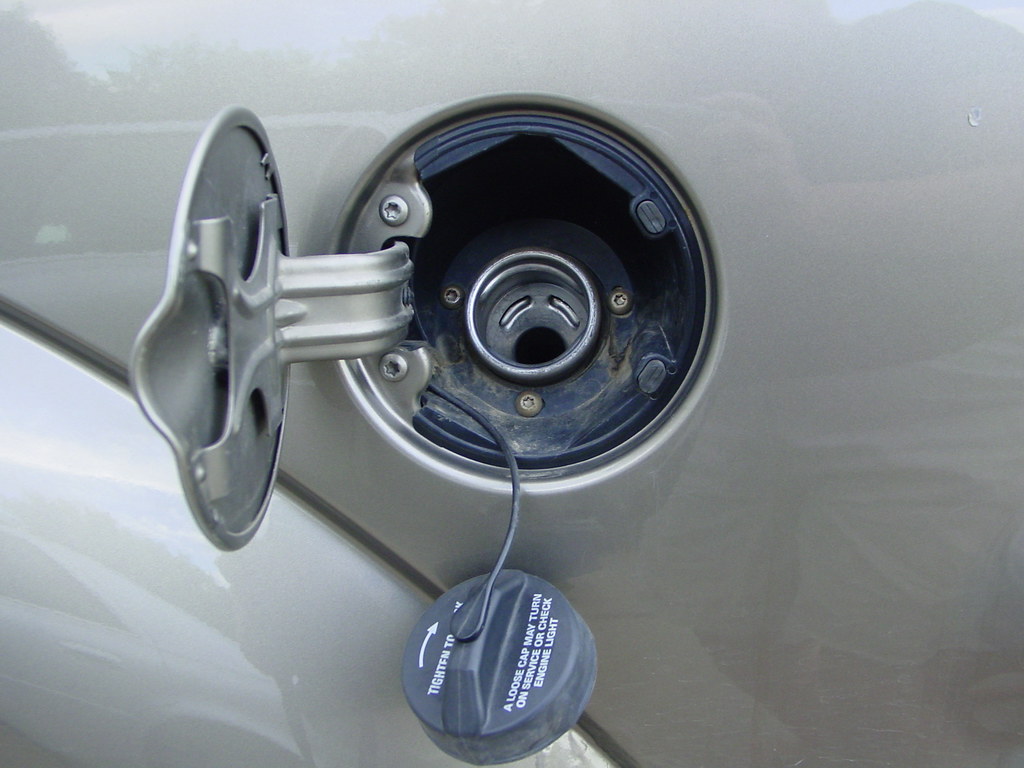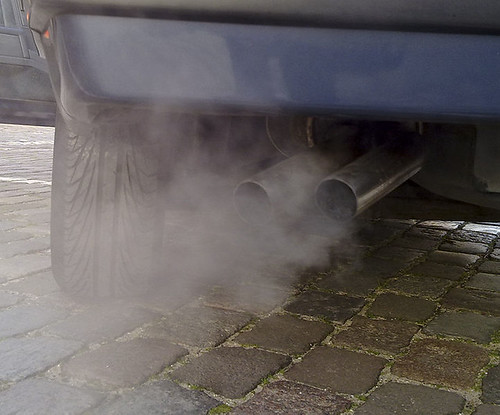
For many vehicle owners, an emissions test failure can be a source of significant frustration and unexpected expense. Beyond the immediate inconvenience, a failed test often signals underlying issues that affect not only a vehicle’s environmental impact but also its overall performance and efficiency. Promptly addressing these concerns is essential for both regulatory compliance and maintaining your vehicle’s optimal operation.
Emissions tests are a crucial regulatory measure designed to monitor and control the release of harmful pollutants into the atmosphere. Mandated in numerous states to ensure compliance with air quality standards, these tests meticulously measure levels of substances such as hydrocarbons, carbon monoxide, and nitrogen oxides. Successful passage is essential for vehicle registration and plays a vital role in protecting public health and the environment, pushing car manufacturers to build cleaner cars.
Understanding the various reasons a vehicle might fail an emissions test is the first step toward effective diagnosis and remediation. This in-depth guide aims to demystify the process by outlining the most common culprits behind emission failures, offering practical insights and expert advice to help consumers identify problems, undertake necessary repairs, and ultimately ensure their vehicle meets stringent environmental requirements. We’ll explore the critical components and systems that, when compromised, can lead to a failed test.

1. **Excessive Exhaust Smoke**One of the most visible and concerning reasons a car might fail an emissions test is excessive exhaust smoke. This issue not only signals potential environmental harm but also indicates underlying mechanical problems that could compromise vehicle performance and safety. Smoke from the exhaust can vary in color—blue, white, or black—each pointing to different issues, making understanding these distinctions crucial for both diagnostics and addressing the root cause effectively.
To tackle excessive exhaust smoke, the initial step involves identifying its color and frequency. Black smoke often suggests an overly rich fuel mixture, which can result from a clogged air filter, malfunctioning fuel injectors, or a faulty sensor. Addressing this might involve a simple replacement of the air filter or cleaning the fuel injectors. However, persistent issues may necessitate professional diagnostics to recalibrate the fuel-air mixture, ensuring proper combustion.
Blue smoke, conversely, typically indicates oil burning in the engine, often stemming from worn piston rings, valve seals, or other internal engine components. While temporary solutions like specific oil additives might offer some reduction in smoke, long-term repairs such as engine overhaul or replacement parts are usually necessary to resolve the root cause of the oil consumption.
White smoke, frequently mistaken for a minor issue like condensation, can signal a more severe problem: coolant leaking into the combustion chamber. This not only leads to failed emissions tests but also carries a significant risk of engine damage if left unaddressed. Drivers should diligently inspect the coolant reservoir and radiator for any visible leaks and closely monitor the engine temperature gauge for any abnormalities, seeking immediate mechanical attention to prevent further complications like a cracked head gasket.
Preventing excessive exhaust smoke primarily revolves around consistent, regular maintenance. Adhering to the manufacturer’s recommended service schedule, which includes timely oil changes, air filter replacements, and engine tune-ups, can mitigate many common causes. Furthermore, the use of high-quality fuel and engine oil can significantly reduce the likelihood of combustion inefficiencies and component wear, which are often precursors to smoke-related emissions issues.
Read more about: Beyond the Hood: Unraveling the Disappearance of Carburetors from Modern Automotive Engineering
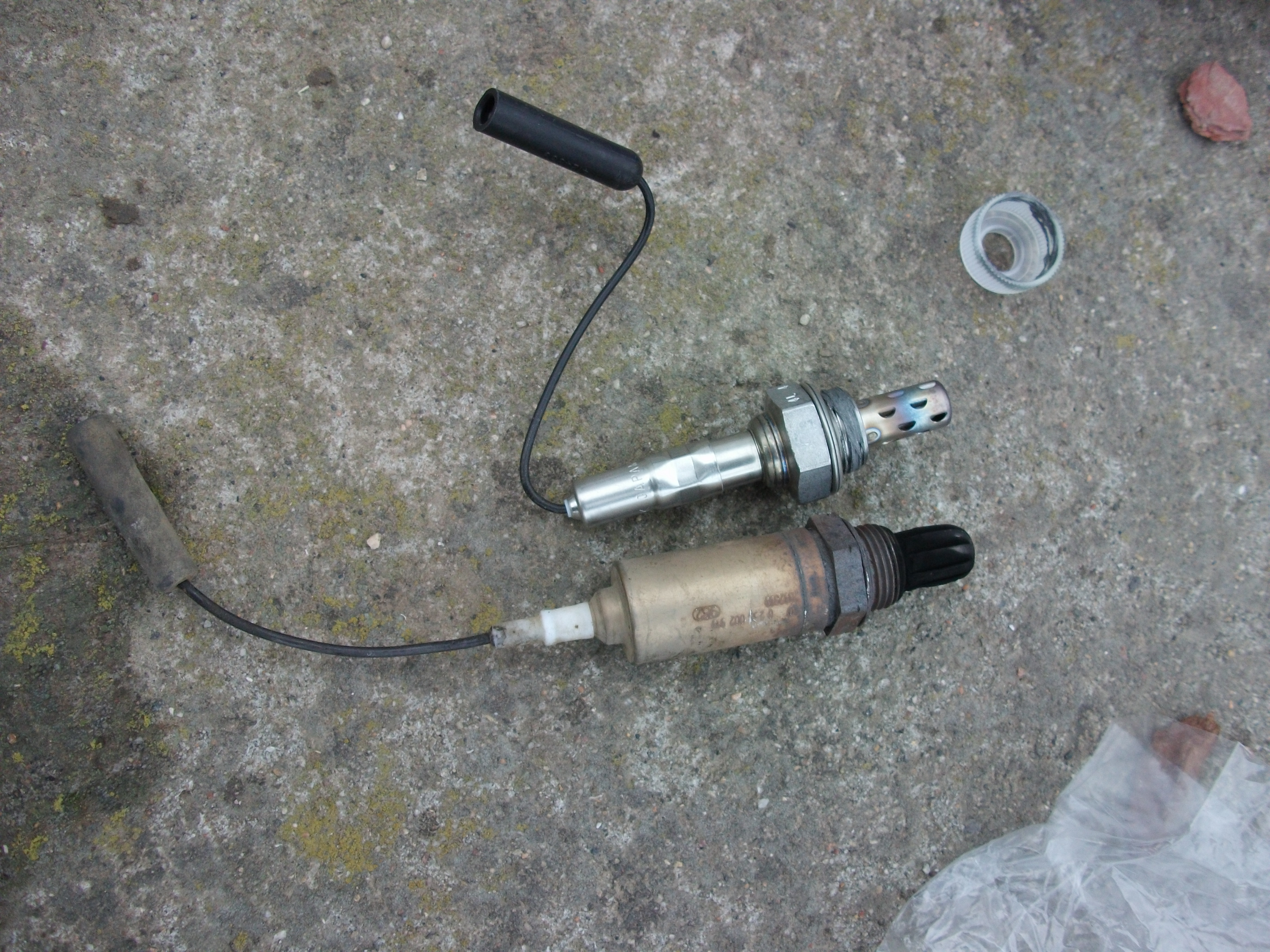
2. **Faulty Oxygen Sensor**A faulty oxygen sensor can unilaterally jeopardize your car’s emissions test performance, even if all other components appear to be functioning optimally. This sensor, strategically positioned within the exhaust system, continuously monitors the oxygen levels in the exhaust gases. It then feeds this critical data back to the engine’s computer, enabling precise optimization of the fuel-air mixture for efficient combustion and minimal emissions.
When an oxygen sensor malfunctions, the engine operates inefficiently, leading to the expulsion of excess pollutants such as nitrogen oxides (NOx) and unburned hydrocarbons (HC) into the atmosphere. Emissions tests are meticulously designed to detect exactly these types of inefficiencies. Consequently, a malfunctioning oxygen sensor presents a glaring red flag that is consistently identified during these stringent evaluations.
Diagnosing a faulty oxygen sensor is not always a straightforward process, as its symptoms can often mimic those of other engine problems. These can include a rough idle, noticeable poor fuel economy, or the illumination of the check engine light on the dashboard. However, a professional diagnostic scan will typically pinpoint the exact issue by revealing specific error codes related to the sensor’s performance, such as P0135, indicating a circuit malfunction, or P0171, suggesting a lean air-fuel mixture, often a direct consequence of a failing sensor.
For vehicles that are older than five years or have accumulated over 60,000 miles, the oxygen sensor becomes a prime suspect for emissions test failures. These components are prone to degradation over time due to constant exposure to extreme heat and various contaminants within the exhaust stream. Prompt replacement of a faulty sensor is a relatively straightforward fix, and opting for an OEM (Original Equipment Manufacturer) sensor or a high-quality aftermarket equivalent tailored to your car’s specifications is highly recommended to ensure optimal functionality and longevity.
Ignoring a faulty oxygen sensor extends beyond merely gambling with emissions testing; it incurs financial penalties and exacerbates environmental impact. A failing sensor can diminish fuel efficiency by 1 to 3 miles per gallon, costing the average driver over $100 annually in wasted fuel. Moreover, the excess pollutants it allows to be emitted contribute significantly to atmospheric smog and climate change, undermining broader efforts to reduce vehicle emissions. Addressing this issue promptly not only ensures regulatory compliance but also enhances fuel economy and actively reduces your vehicle’s environmental footprint.
Read more about: The Roadblock Rundown: 12 Common Reasons Your Custom Classic Car Build Might Fail Inspection – And How to Ace It
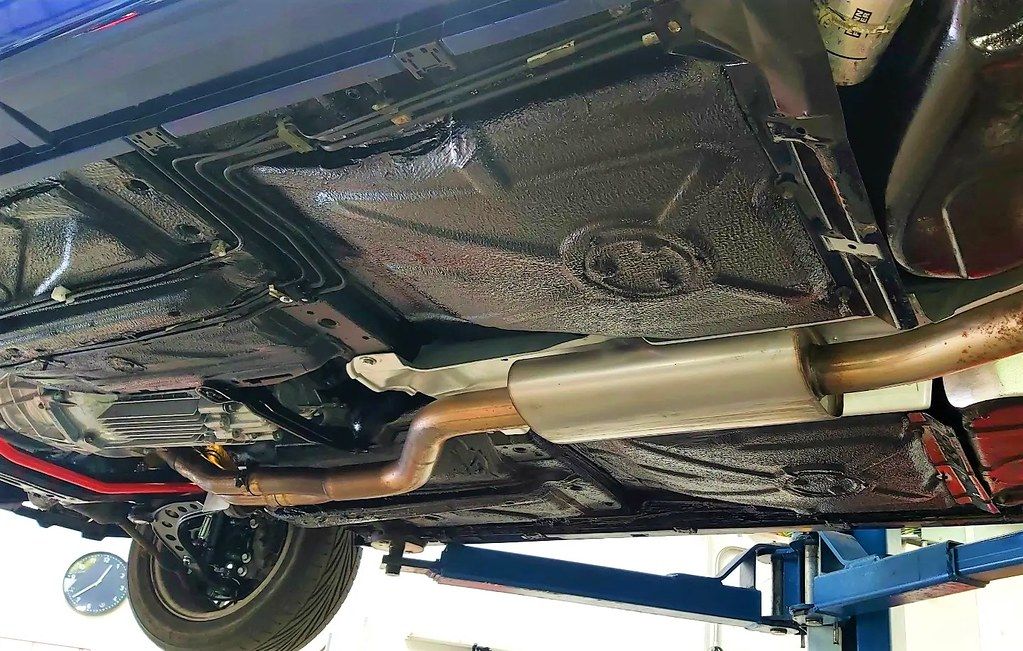
3. **Malfunctioning Catalytic Converter**A car’s catalytic converter is an indispensable component designed to mitigate harmful emissions, but its malfunction is a primary cause of emissions test failures. This critical device, typically integrated into the vehicle’s exhaust system, employs precious metals like platinum, palladium, and rhodium to facilitate chemical reactions that transform toxic gases—such as carbon monoxide, nitrogen oxides, and hydrocarbons—into less noxious substances like carbon dioxide, nitrogen, and water vapor.
When the catalytic converter is not operating efficiently, these harmful gases bypass the intended conversion process and are expelled directly through the exhaust system, unfiltered. This results in the vehicle exceeding established emission limits, making it a guaranteed cause for a failed emissions test. The integrity and functionality of this component are paramount for maintaining environmental standards.
Consider a common scenario: a vehicle owner observes a noticeable decline in fuel efficiency, often accompanied by a distinct rotten egg smell emanating from the exhaust. These symptoms, frequently paired with an illuminated check engine light, are strong indicators of a malfunctioning catalytic converter. The underlying causes can vary, ranging from persistent engine misfires and overly rich fuel mixtures to physical damage or natural age-related deterioration of the converter itself. In such instances, the vehicle is almost certain to fail an emissions test due to significantly elevated pollutant levels. Diagnostic trouble codes (DTCs), such as P0420 or P0430, which specifically pertain to catalytic converter efficiency, will typically be registered during an onboard diagnostics (OBD-II) scan, confirming the issue.
To effectively address a malfunctioning catalytic converter, it is crucial to first identify and rectify the root cause. For example, if the problem originates from recurrent engine misfires, the ignition system should be repaired, or faulty spark plugs replaced. If the issue is traced to a rich fuel mixture, a thorough inspection of the fuel injectors, mass airflow sensor, or oxygen sensors for malfunctions is necessary. In cases where the catalytic converter itself is physically damaged, melted, or severely clogged beyond repair, replacement becomes unavoidable. It is essential to select a high-quality, OEM-compatible converter to ensure proper functionality and compliance.
Comparing a meticulously maintained catalytic converter to one that is malfunctioning vividly underscores the critical importance of regular vehicle upkeep. A healthy converter operates optimally within temperatures ranging from 400°C to 800°C, consistently and efficiently reducing emissions. In stark contrast, a failing converter may overheat, potentially melting its internal substrate, or become severely clogged, leading to restricted exhaust flow and detrimental backpressure. Such issues not only compromise emissions control but also severely degrade engine performance, leading to power loss or stalling. Proactive care, including using the correct fuel type and promptly resolving engine-related problems, is key to converter longevity.
Read more about: Decoding the Dreaded Oil Guzzle: 9 Critical Engine Issues That Emerge Beyond 80,000 Miles
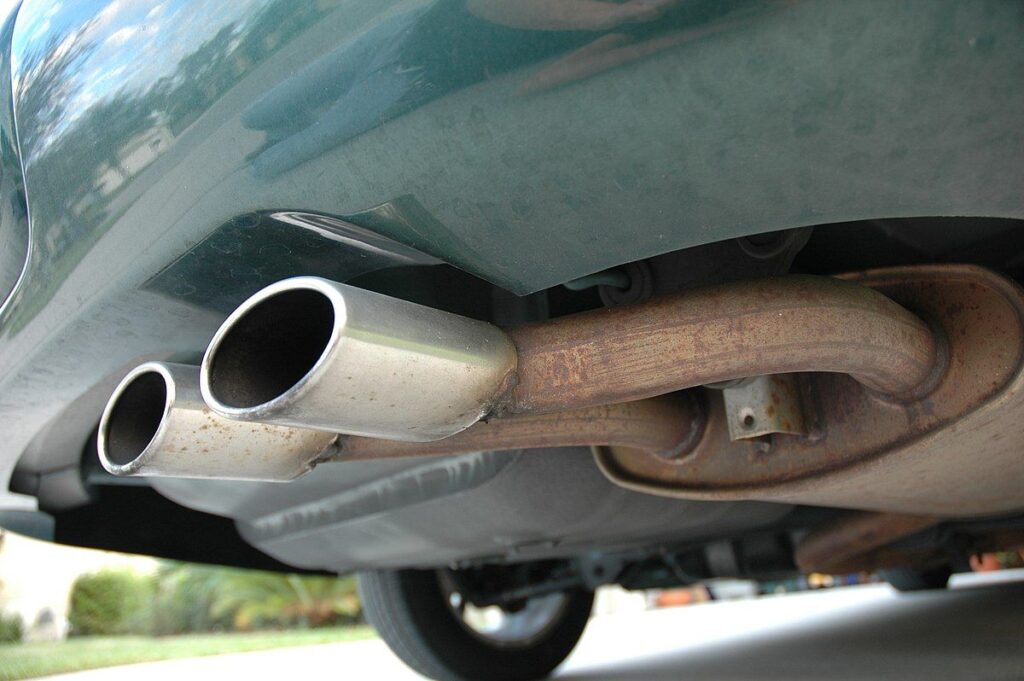
4. **High Hydrocarbon Levels**High hydrocarbon (HC) levels detected during an emissions test are a definitive red flag, signifying that your vehicle is releasing an excessive amount of unburned fuel into the atmosphere. This not only poses a direct threat to environmental health but also serves as a clear indicator of underlying engine inefficiencies. Hydrocarbons are a primary byproduct of incomplete combustion, typically arising from issues such as an overly rich air-fuel mixture, malfunctioning spark plugs, or a severely clogged air filter. When the engine fails to combust fuel completely, these raw, unburned hydrocarbons are expelled through the exhaust, inevitably leading to a test failure.
Consider this illustrative scenario: a 2005 Honda Civic, having accumulated 150,000 miles, fails its emissions test due to hydrocarbon levels registering at 120 parts per million (ppm), a figure significantly above the typical state limit of 30 ppm. The root cause in this instance was identified as a faulty oxygen sensor, which inaccurately measured the air-fuel mixture, causing the engine to operate consistently richer than required. This example powerfully demonstrates how the failure of a single component can disproportionately spike HC emissions. Resolving such issues typically mandates the use of diagnostic tools, such as an OBD-II scanner, to precisely pinpoint the exact problem, followed by targeted and effective repairs.
To proactively prevent elevated hydrocarbon levels, consistent routine maintenance is paramount. It is crucial to replace spark plugs according to your vehicle’s specifications, typically every 30,000 to 50,000 miles, and to inspect the air filter annually, or more frequently if driving conditions are dusty. For older vehicles, particularly those exceeding 10 years in age, consider incorporating a fuel injector cleaner every 5,000 miles to minimize carbon buildup, which can significantly impede combustion efficiency. Additionally, ensuring the proper functionality of the PCV (Positive Crankcase Ventilation) valve is critical, as it plays a vital role in managing and redirecting crankcase emissions.
A comparative analysis highlights that while diesel engines are generally known for their efficiency, they can also exhibit high HC emissions if their particulate filters become clogged or if they are operated with low-quality fuel. Gasoline engines, on the other hand, are inherently more susceptible to HC issues due to their precise reliance on specific air-fuel ratios for optimal combustion. Hybrid vehicles, despite their dual power sources, are not immune and can still fail emissions tests if their gasoline engines are neglected. This variability underscores the importance of implementing tailored maintenance strategies that are specific to your vehicle type and powertrain.
Finally, should your car fail an emissions test due to high hydrocarbon levels, it is important to avoid panic. The first logical step is to perform a comprehensive diagnostic check to accurately identify the specific issue. Common and effective fixes often include replacing the oxygen sensor, which typically costs between $50 and $200, or cleaning or replacing the mass airflow sensor, which can range from $100 to $300. Addressing vacuum leaks, if present, is also crucial. In many cases, a simple engine tune-up can effectively resolve the problem. Reducing HC emissions not only ensures compliance with environmental regulations but also notably improves fuel efficiency and extends your vehicle’s operational lifespan. Viewing this failure as an opportunity to enhance your car’s performance and environmental footprint is a proactive approach.
Read more about: Mastering Emissions: Practical Hacks to Get Your Custom Exhaust System Through Inspection
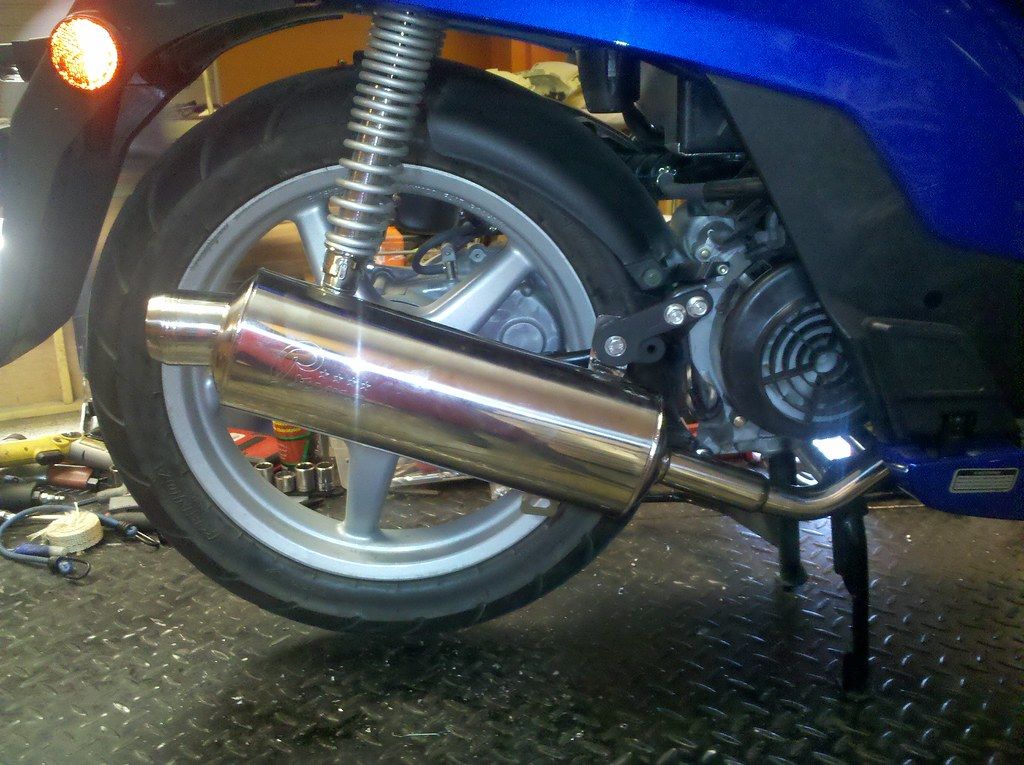
5. **Failed Evaporative System Test**A failed evaporative system test is a frequent reason for a vehicle to fail an emissions test, often leaving drivers confused and concerned about the underlying cause. This system, widely known as the EVAP system, is meticulously engineered to capture and store highly volatile fuel vapors emanating from the fuel tank, thereby preventing their escape into the ambient atmosphere. When this vital system malfunctions, it directly leads to an increase in hydrocarbon emissions, which are a major contributor to air pollution. Understanding the specific causes and potential consequences of an EVAP system failure is critically important for vehicle owners, as such a malfunction not only impacts emissions compliance but can also adversely affect overall engine performance.
One of the most common and primary reasons for an EVAP system failure is the presence of a leak within the system’s various components. Such leaks can manifest in several areas, including the fuel tank itself, the numerous vapor hoses that transport fuel vapors, or the charcoal canister, which is specifically designed for storing these vapors. Even a seemingly minor leak, such as a hairline crack in a hose or an improperly secured fuel cap, can disrupt the system’s integrity, leading to the escape of vapors. This often triggers the check engine light and inevitably results in a failed emissions test. Regular visual inspection of these components, particularly in older vehicles where wear and tear are more pronounced, is essential. A simple check for visible cracks or disconnections can often preempt larger issues.
Diagnostic trouble codes (DTCs) associated with EVAP system failures provide invaluable insights for both mechanics and informed car owners. Codes like P0442, which indicates a “small leak detected,” or P0455, signaling a “large leak detected,” are frequently encountered indicators of EVAP system problems. These specific codes are generated by the vehicle’s sophisticated onboard diagnostics system and can be readily retrieved using a standard scan tool. Comprehending these codes is the foundational first step in accurately diagnosing the underlying problem. For example, a P0442 code might suggest a malfunctioning or loose gas cap, whereas a P0455 could point to a more significant leak within the complex EVAP system itself. Addressing these identified issues promptly is crucial not only for ensuring compliance with stringent emissions standards but also for preventing potential, more severe damage to the engine.
To effectively prevent EVAP system failures, proactive maintenance is unequivocally key. One of the simplest yet most effective preventative measures is to regularly check and ensure the proper tightening of the fuel cap. Confirming that the cap is securely sealed can prevent a multitude of minor leaks that frequently cause emissions failures. Additionally, consistently monitoring the vehicle’s fuel efficiency can provide early warning signs of an impending issue. A sudden or unexplained decrease in mileage might indicate a leak within the EVAP system, as valuable fuel vapors are escaping rather than being efficiently utilized by the engine. For vehicles that are five years old or older, it is highly advisable to schedule an annual inspection of the EVAP system, as the risk of component degradation naturally increases with vehicle age.
A failed evaporative system test represents a significant emissions-related issue that demands immediate and thorough attention. By understanding the EVAP system’s fundamental function, recognizing its common failure points, and accurately interpreting relevant diagnostic codes, car owners can implement proactive measures to maintain their vehicles effectively. Regular maintenance practices and prompt, expert repairs are not merely about ensuring compliance with critical environmental regulations; they also significantly contribute to the overall health, longevity, and operational efficiency of the vehicle. With the right knowledge and diligent care, drivers can successfully avoid the inconvenience, potential penalties, and considerable costs frequently associated with emissions test failures, contributing to cleaner air in the process.
Read more about: The Critical Fueling Faux Pas: 12 Mistakes Slowly Ruining Your Car and Jeopardizing Your Safety
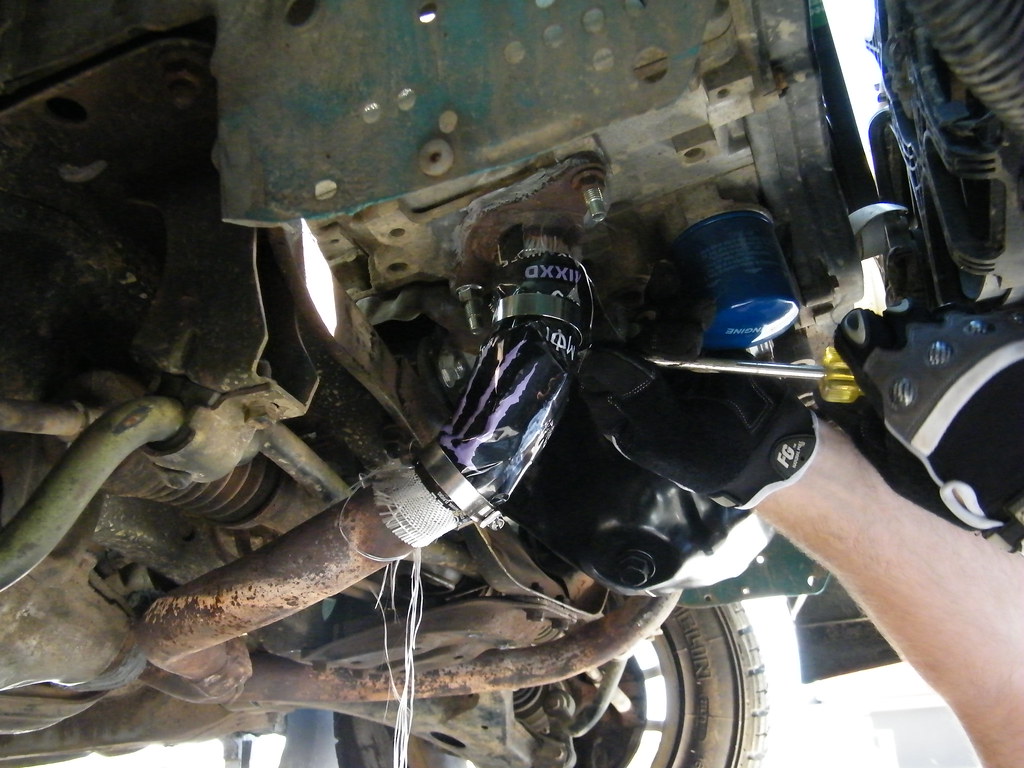
6. **Dirty or Clogged Air Filters**Think of your car’s air filter as its respiratory system; it plays a critical role in allowing clean, filtered air to enter the engine for the combustion process. If this filter becomes severely clogged with an accumulation of dirt, dust, or grime, the engine will not receive an adequate supply of air. This lack of proper airflow significantly disrupts the delicate air-fuel mixture, leading directly to higher emissions and compromised engine performance.
A clogged air filter directly impacts the optimal air-fuel ratio, causing inefficient combustion and subsequently higher levels of pollutants in the exhaust. This inefficiency directly contributes to an increase in harmful emissions, such as unburned hydrocarbons and carbon monoxide, which are precisely what emissions tests are designed to measure. Consequently, an engine struggling to breathe due to a dirty filter will almost certainly fail an emissions evaluation, highlighting the importance of regular air filter maintenance.
While a “check engine” light may not always illuminate specifically for a dirty air filter, drivers might observe other subtle yet important diagnostic signs. These can include reduced engine power, sluggish acceleration, or a noticeable decrease in fuel economy, all of which can indicate an issue with the air intake. The good news is that replacing an air filter is a straightforward, inexpensive, and typically DIY-friendly maintenance task. Regular inspection, particularly if you frequently drive in dusty or polluted environments, and adherence to the manufacturer’s recommended replacement schedule—often every 12,000 to 15,000 miles or annually—are crucial preventative measures to avoid this common cause of emissions test failure and maintain engine health.
Navigating the complexities of vehicle emissions can be daunting, but understanding the full spectrum of potential failure points is key to informed maintenance and sustained compliance. Beyond the common issues, several other factors frequently lead to failed emissions tests, often stemming from components that are either overlooked or whose crucial roles are underestimated. Delving into these additional reasons provides a comprehensive view for car owners committed to long-term vehicle health and environmental responsibility.
Read more about: Gone But Not Forgotten: 12 Timeless Appliance Fixes Manuals Often Overlook Today
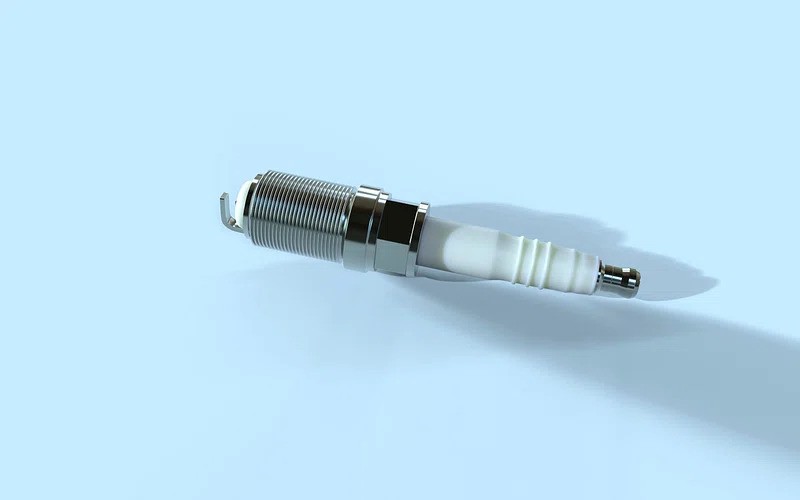
7. **Faulty Spark Plugs or Ignition System**The ignition system, particularly the spark plugs, serves as the critical initiator of combustion within your engine’s cylinders. When spark plugs are worn out, fouled, or the ignition system malfunctions in other ways, the fuel-air mixture may not ignite completely or at the correct time. This incomplete combustion is a direct pathway to elevated emissions, specifically higher levels of unburned hydrocarbons (HC) and carbon monoxide (CO) in the exhaust gases, which are primary targets of emissions testing.
Imagine a scenario where your car feels sluggish, its acceleration is diminished, or you notice a slight hesitation during startup. These are often telltale signs of an ailing ignition system. A vehicle with worn spark plugs, faulty ignition coils, or incorrect ignition timing is inherently less efficient at burning fuel, leading to a surplus of pollutants. The diagnostic process often involves inspecting spark plugs for wear and proper gapping, testing ignition coils for consistent spark delivery, and verifying ignition timing to ensure optimal engine firing.
Addressing these issues is typically straightforward. Regular replacement of spark plugs according to the manufacturer’s schedule, generally every 30,000 to 50,000 miles, is a foundational maintenance step. This simple procedure ensures a strong, consistent spark necessary for complete fuel combustion. Furthermore, a professional can check ignition timing and assess the condition of ignition coils, replacing any faulty components to restore the system’s integrity. These proactive measures not only help pass emissions tests but also noticeably improve engine performance and fuel economy.
By prioritizing the health of your ignition system, vehicle owners can prevent a significant source of emissions test failures. The initial investment in quality spark plugs and timely ignition system checks pays dividends in cleaner emissions, better engine response, and avoided repair costs down the line. It transforms a potential environmental liability into an opportunity for enhanced vehicle efficiency and reliability.
Read more about: Mastering Emissions: Practical Hacks to Get Your Custom Exhaust System Through Inspection
8. **Leaking Fuel System**A leaking fuel system is a significant contributor to emissions test failures, primarily due to the escape of volatile fuel vapors into the atmosphere. This critical system is designed to deliver fuel to the engine while meticulously containing its highly flammable vapors. When compromised by a leak, whether from a loose gas cap, a faulty fuel injector, or a compromised fuel line, unburned hydrocarbons are released, directly impacting air quality and invariably leading to a failed emissions test.
Even seemingly minor issues, such as an improperly tightened or damaged gas cap, can allow fuel vapors to escape, triggering a check engine light and often resulting in an emissions failure. More severe leaks from components like fuel injectors, which are responsible for precisely atomizing fuel into the engine, can lead to both fuel wastage and a significant increase in unburned hydrocarbons. These issues can manifest as a distinct fuel odor around the vehicle, a noticeable decrease in fuel efficiency, or the persistent illumination of the check engine light.
Diagnosing a fuel system leak often begins with a thorough visual inspection, checking the gas cap’s seal and looking for any visible cracks or drips along fuel lines and around the fuel tank. A mechanic might use specialized smoke tests to detect subtle leaks that are not immediately apparent. For issues like malfunctioning fuel injectors, diagnostic tools can assess their spray patterns and delivery rates. Promptly addressing these leaks is crucial, not only for emissions compliance but also for safety, as fuel leaks pose a fire hazard.
Preventative maintenance for the fuel system involves routine checks of fuel lines for wear, ensuring the fuel cap is always securely fastened, and using high-quality fuel to minimize injector clogging. Replacing a faulty fuel injector or a worn-out gas cap can be relatively inexpensive fixes that avert a failed emissions test and preserve fuel efficiency. Regular inspections and timely repairs are indispensable for maintaining the integrity of the fuel system, safeguarding against pollution, and ensuring the vehicle operates as cleanly as possible.
Read more about: Audi A4: Hidden Gems or Money Pits? A Deep Dive into Model Year Reliability for Savvy Buyers

9. **Issues with the EGR Valve**The Exhaust Gas Recirculation (EGR) valve is an essential component designed to reduce harmful nitrogen oxide (NOx) emissions, a major pollutant measured during emissions tests. Its primary function is to reintroduce a small portion of exhaust gases back into the engine’s combustion chambers. This process lowers combustion temperatures, which in turn significantly reduces the formation of NOx. When the EGR valve malfunctions, this critical emission control process is disrupted, leading to increased NOx levels and a likely emissions test failure.
Symptoms of a faulty EGR valve can include noticeable engine performance issues. Drivers might experience a rough idle, engine hesitation or stumbling during acceleration, or even engine knocking, particularly under load. The engine control unit (ECU) typically detects these anomalies and illuminates the check engine light, providing an early warning. A diagnostic scan will often reveal specific error codes related to EGR system performance, indicating that the valve is either stuck open, stuck closed, or operating inefficiently.
Common causes of EGR valve malfunctions include carbon buildup, which can prevent the valve from opening or closing properly, or electrical failures within the valve itself. If the valve is stuck open, it can lead to too much exhaust gas recirculating, causing rough idling and potential stalling. Conversely, if it’s stuck closed, combustion temperatures remain too high, resulting in an increase in NOx emissions. Addressing these issues often involves cleaning the valve to remove carbon deposits or, in cases of internal failure, replacing the entire EGR valve assembly.
Maintaining a functional EGR system is vital for environmental compliance and optimal engine operation. Regular cleaning, particularly for vehicles with higher mileage, can prevent the buildup of deposits that lead to valve malfunction. A healthy EGR valve ensures that NOx emissions are kept within regulatory limits, contributing to cleaner air while also helping the engine run more smoothly and efficiently. Neglecting this component not only risks emissions test failure but can also lead to more severe engine performance issues over time.
Read more about: Beyond Fatigue: Crucial Thyroid Disorder Symptoms You Should Never Overlook, Including Early Signs That Begin in Your Hair and Skin
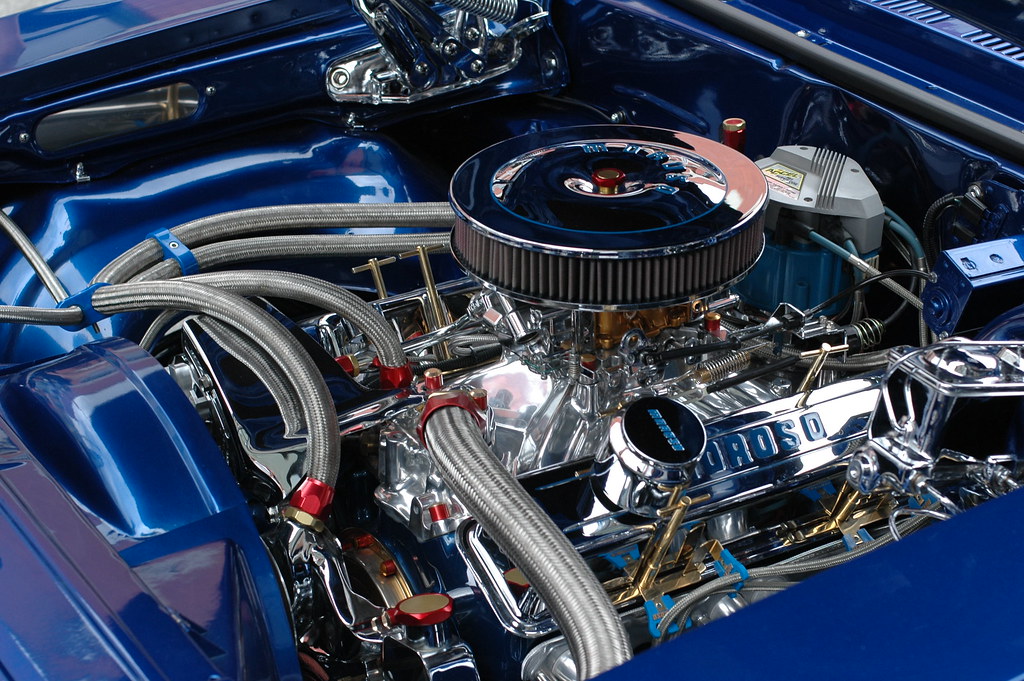
10. **Engine Misfires**An engine misfire occurs when one or more cylinders fail to ignite the fuel-air mixture properly, or when the combustion process is incomplete. This critical malfunction directly impacts emissions because unburned fuel, primarily in the form of hydrocarbons (HC) and carbon monoxide (CO), is expelled through the exhaust system. Consequently, engine misfires are a common and significant cause of emissions test failures, as they indicate a fundamental inefficiency in the engine’s ability to combust fuel cleanly.
Vehicles experiencing misfires often exhibit a distinct set of symptoms. Drivers may notice a rough running engine, a shaking sensation, particularly at idle, or a significant loss of power and acceleration. The check engine light will almost certainly illuminate, often flashing to indicate a severe misfire that could be damaging the catalytic converter. Diagnostic trouble codes (DTCs) such as P0301 (misfire detected in cylinder 1) or P0300 (random/multiple cylinder misfire detected) are typically stored, guiding mechanics to the problematic cylinder or system.
Numerous factors can lead to engine misfires. These include issues with the ignition system, such as worn spark plugs, faulty ignition coils, or damaged spark plug wires. Problems with the fuel system, like clogged or defective fuel injectors that deliver an incorrect amount of fuel, can also cause misfires. Additionally, issues affecting engine compression, such as worn piston rings or valve problems, can prevent proper combustion. Identifying the exact cause is paramount for effective repair, often requiring comprehensive diagnostic testing of all relevant engine components.
Preventing engine misfires is largely achieved through diligent and routine engine maintenance. This includes adhering to the manufacturer’s recommended schedule for replacing spark plugs and inspecting ignition coils. Regularly checking and cleaning fuel injectors, along with ensuring the use of high-quality fuel, can also mitigate misfire risks. Promptly addressing any check engine light warnings and conducting regular engine tune-ups are crucial steps in maintaining optimal combustion, ensuring emissions compliance, and preserving the overall health and longevity of your vehicle.
Read more about: Mechanics Sound the Alarm: 12 Trucks and Their Years You Absolutely Must Avoid
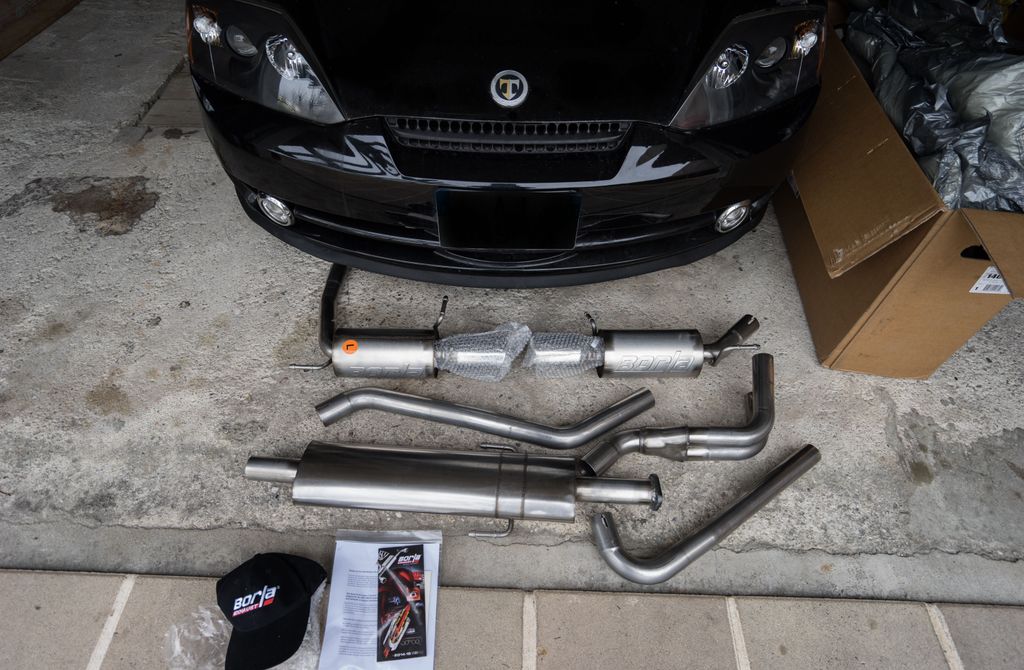
11. **Defective PCV Valve**The Positive Crankcase Ventilation (PCV) valve is a small, often overlooked, but critically important component in your vehicle’s emissions control system. Its function is to prevent harmful crankcase gases—byproducts of combustion that leak past the piston rings—from escaping into the atmosphere. Instead, the PCV valve reroutes these gases back into the engine’s intake manifold, allowing them to be re-burned. When this valve becomes clogged or defective, these unburned hydrocarbons (HC) can escape, leading to increased emissions and a failed test.
A malfunctioning PCV valve can present a range of subtle to more pronounced symptoms. While it may not always trigger a check engine light, drivers might observe a decrease in fuel economy, increased oil consumption, or even a rough idle as unmetered air enters the engine. In severe cases, a clogged PCV valve can lead to pressure buildup within the engine crankcase, potentially causing oil leaks or damage to engine seals. Identifying a defective valve often involves a simple visual inspection or a quick test to see if the valve rattles, indicating it is functioning freely.
The most common cause of PCV valve failure is carbon and oil sludge buildup, which restricts its movement and effectiveness over time. This buildup is a natural byproduct of engine operation. Given its relatively inexpensive cost and straightforward replacement process, replacing a PCV valve is a highly recommended preventive maintenance task. For many vehicles, this can be a simple DIY fix, taking only a few minutes and requiring minimal tools. Adhering to the manufacturer’s recommended replacement interval, typically every 20,000 to 50,000 miles, is crucial.
Ensuring the PCV valve is in good working order offers dual benefits: it significantly reduces hydrocarbon emissions, helping your vehicle pass its emissions test, and it contributes to overall engine cleanliness and longevity by properly managing crankcase gases. This small component plays a big role in both environmental protection and maintaining engine health. Proactive replacement prevents a range of issues, from emissions failures to more serious engine problems caused by excessive crankcase pressure.

12. **Tampering, Modifications, or Software Issues**In the pursuit of enhanced performance or a unique aesthetic, some vehicle owners may undertake modifications to their engine or exhaust systems. However, any tampering with or removal of emission control components, or the installation of aftermarket parts not compliant with regulatory standards, is a guaranteed cause for emissions test failure. These modifications can dramatically alter a vehicle’s emission profile, often leading to significantly higher levels of pollutants than legally permitted.
For instance, installing an aftermarket exhaust system that removes or alters the catalytic converter—a cornerstone of emissions reduction—will almost certainly result in a failed test. Similarly, engine modifications intended to boost horsepower, such as “chipping” or performance tuning the engine’s software (ECU/ECM), can inadvertently throw off the delicate balance of emissions settings. While these tweaks might promise more power, they often lead to an incorrect air-fuel mixture or altered combustion parameters that drastically increase harmful exhaust gases.
Detecting such issues during an emissions test is typically straightforward. Inspectors are trained to look for visible signs of tampering, such as missing catalytic converters or altered exhaust piping. For vehicles with sophisticated onboard diagnostic (OBD-II) systems, unauthorized software modifications can be identified, as they may prevent the vehicle’s self-diagnostic monitors from completing their readiness checks. These systems are designed to detect when emission control components are not functioning as intended or have been bypassed.
To ensure emissions compliance and avoid immediate test failure, it is crucial to refrain from any unauthorized modifications to emission control systems. If performance enhancements are desired, ensure that any aftermarket parts are specifically certified as emissions-compliant for your vehicle’s make and model. For software tuning, always opt for reputable tuners who guarantee that their modifications maintain emissions legality. Understanding and respecting these regulations is not just about avoiding fines; it’s about upholding environmental standards and ensuring your vehicle remains roadworthy and responsible.
Read more about: Your CNET Guide: 12 Essential Questions for Understanding Over-the-Air Updates
Understanding why a car fails an emissions test is more than just about passing an inspection; it’s about grasping the intricate workings of your vehicle and its environmental impact. From ignition system health to the nuances of fuel and crankcase ventilation, and even the implications of aftermarket modifications, each component plays a vital role. Proactive maintenance and a keen eye for potential issues not only ensure your vehicle meets regulatory standards but also contribute to its overall longevity and efficiency, driving cleaner air for all. Taking the time to understand these issues and address them promptly is a commitment to both your car and the planet, empowering you to navigate the road with confidence and responsibility. Stay informed, stay proactive, and keep those engines running clean!

